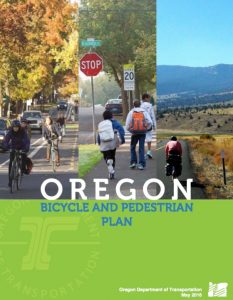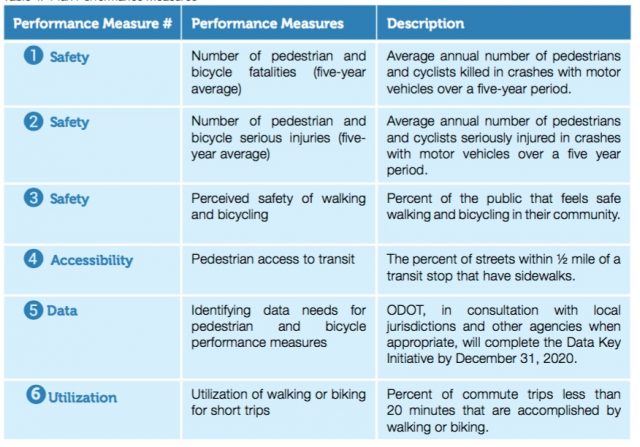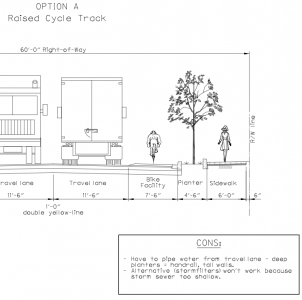Energy-efficient window treatments can help provide effective insulation that maximize or minimize heat gain as needed. In this post we’ll discuss 3 common energy efficient window treatments, including: awnings, shades and draperies.
Image Source: Flickr
Awnings
Window awnings can reduce solar heat gain in the summer by up to 65% on south-facing windows and 77% on west-facing windows. You can use an awning to shade one window or have an awning custom-made to shade the entire side of your house.
Awnings require ventilation to keep hot air from becoming trapped around the window. Grommets (eyelets) or other openings along the tops and sides of an awning can provide ventilation. The awning may also open to the sides or top to vent hot air. Source: Energy
Shades
The DOE considers window shades the simplest and most effective way to save energy with window treatments. Proper installment is key. Mounting shades as close to the glass as possible and right up against the adjacent wall creates a tight seal that minimizes both heat gain and loss. Shades with dual layers of fabric — a light color on one side and a darker color on the other— add more functionality. Try reversing the shades based on the season; the light color will reflect heat in summer, while the dark color will absorb heat during winter. Source: Houzz
Draperies
Like shades and shutters, draperies are only efficient when they’re closed. However, if they’re used in conjunction with another window covering, such as a honeycomb shade or a wood blind, you can let sun in during daylight hours and effectively shut out colder air at night. When fully closed, the R-values of thermally lined drapes range from R-3 to R-5, depending on the type of fabric and the thickness of the lining and interlining.
To maximize energy efficiency, Korby recommends floor-to-ceiling drapes that fold back against the wall. This allows the drapes to seal off the window, preventing drafts and loss of heat through convection. Source: HouseLogic
Contact:
Universal Blinds
601 – 1550 W. 10th Ave
Vancouver, V6J 1Z9
Canada
Phone: (604) 559-1988
The post 3 Common Energy Efficient Window Treatments appeared first on Universal Blinds, Shades & Shutters.
from Universal Blinds, Shades & Shutters http://ift.tt/1sKAtNR



